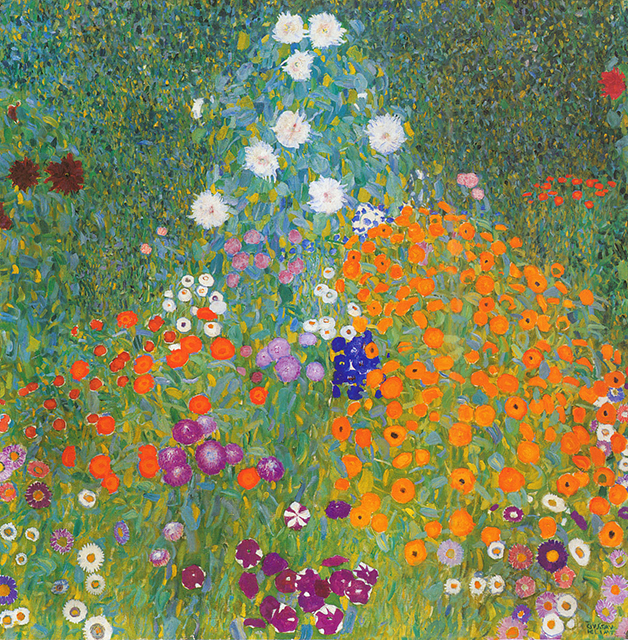Self-Knowledge • Trauma & Childhood
How Music Can Heal Us
Intuitively, we know that music can heal but rarely is it asked to do so as directly and explicitly as it has been here. In this new album, musician Simon Pyke responds to a brief by The School of Life to produce an album of extraordinary musical pieces. In nine movements, they powerfully carry the listener on a representative journey from psychological distress to understanding, recovery and liberation.

The different movements of the album reflect key stages that we might go on as we overcome mental unwellness and in time find our way to a stage of greater calm and perspective.
Music has rarely been so powerful — or so effective.
1. Trauma
Trauma refers to a psychological wound we are unable to overcome. We are overwhelmed and, for a time, unmoored. The mood is dark, heavy — but at the same time, ready to invite us in. The best way to face trauma is to dare to approach it — and this is a tool to help us do so.
2. Despair
Our worst states are characterised by a sense of heaviness; things feel stuck, immobile, they weigh down on us. It is like winter inside us and the earth is hard and the sky mute. But we need to stay with this. Not run away. We need to let this mood do what it needs to within us.
3. The Womb
In our sadness, we long for the safety of the womb; we want comfort, gentleness, sweetness. We crave infinite softness. We want to curl into a tiny ball and hug ourselves. We want things to be safe and undisturbing. We need time and a lot of space to help us recover our poise.
4. Love
In so far as we heal, it’s because someone is loving us in some way. Not romantically. Just bringing us a sense that we exist in all our complexity in their eyes — and that we do not have to be ashamed of who we are.
5. Small Pleasures
Maybe someone suggests a small walk; we have been inside ourselves and in the house for a long time. But it feels lovely to be out, even if we’re only just going around the block. We notice a little garden and what might be the first flowers of spring. We are still in so much pain, but we know that the world is not unremittingly dark.
6. Understanding
Gradually, we can hope to get some distance from the pain. We rise, high – and survey the landscape of our minds and our lives. From here, things make a little more sense. Gradually, we can understand how A links to B and to C. A few lights come on across the darkness. It isn’t quite dawn but there is a very pale light now in the east.
7. Introspection
We fell ill because our story no longer made sense and because we were running away from ourselves. We are going back into the past and working out what is what. We are spending hours by ourselves, with maybe just a pad and pen for company, occasionally writing a few things down. Attempting to work out how we came to be here; what used to make sense and perhaps never should have done…
8 & 9. Convalescence, Parts 1 and 2
It’s a strange and beautiful word: convalescence. The state legitimates a slow recovery. It’s accompanied by moments of ongoing despair, but it’s undeniable that very very slowly, we are recovering strength.
10. Healing
We are never totally fixed; indeed, the very thought is dangerous and might bring about relapse. Healing is ongoing. We are all, in different ways, in stages of recovery. That’s the best way to approach any stranger, to imagine them as a convalescent somewhere on the path to a bearable state. There is hope, there is the memory of deep sadness, there is cautious optimism – and always, the possibility of friendship, love and small joys. We are home, as it were.


























